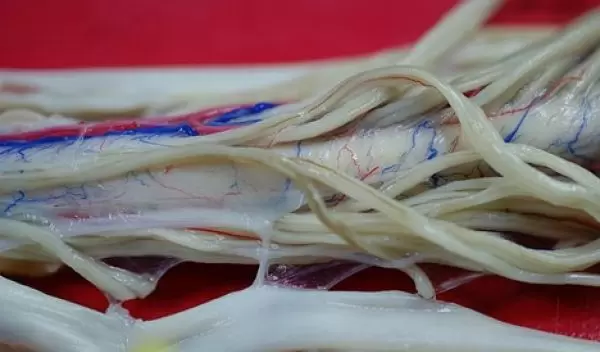
Robotics and AI used to stabilize enzyme that reduces scar tissue, increases tissue regeneration
Researchers at Rutgers University working on U.S. National Science Foundation grants have stabilized an enzyme that can reverse and regenerate tissue damage from spinal cord injuries. Using artificial intelligence and robotics, the team formulated therapeutic proteins that help repair damaged spinal cord tissue. The scientists published their research in Advanced Healthcare Materials.
ChABC, the enzyme the team stabilized, is volatile and has a short shelf life under clinical conditions. The compound can repair scar tissue molecules and promote regeneration, but the logistics and expense of multiple high-cost infusions have limited its efficacy. Stabilizing ChABC is key to developing affordable and functional therapeutic applications.
"This study represents one of the first times artificial intelligence and robotics have been used to formulate highly sensitive therapeutic proteins and extend their activity by such a large amount," said Adam Gormley, the principal investigator. "The therapy may someday help people lessen scars on their spinal cords and regain function.
In the aftermath of a spinal cord injury, secondary inflammation produces dense scar tissue that can inhibit or prohibit tissue regeneration. The treatments developed as an outcome of this research could mitigate the primary and secondary effects of spinal cord trauma, resulting in treatments that are more accessible, affordable and sustainable.
"This inspiring result demonstrates an excellent implementation of the research philosophy of the Materials Genome Initiative and NSF's Designing Materials to Revolutionize and Engineer our Future program," said John Schlueter, a program director in NSF’s Division of Materials Research. "By integrating data-driven optimization, robotic polymer synthesis, and high throughput testing, these researchers have made significant improvements in retained enzyme activity after three iterations of active learning."


